As many of us are currently spending a lengthy stint without sexual partners as we practice social distancing during this pandemic, I’ve been reflecting on eroticism that does not involve physical engagement between people.
Non-in-person sex work (via phone or the internet) and viewing pornography can play a huge part in helping folks through this necessary dry spell - though, of course, the coronavirus relief package explicitly excludes applicants who earn money from performances, services, or depictions “of a prurient sexual nature” from being eligible for loans. (There has been an increase in internet censorship and policing of consensual sex work and sexual materials under this administration done in the name of decreasing sex trafficking and exploitation. SESTA/FOSTA, which passed in March of 2018, directly led to the shut down of sites that enabled sex workers to operate more safely, porn companies and performers having their personal data deleted from their private drives, and the major social media platforms increasing their content restrictions and banning countless users. The currently-proposed EARN IT Act looks to extend internet surveillance under the same guise, further putting at risk sex workers and other marginalized groups who would likely be targeted and increasing the possibility of additional sexual content restrictions on social media platforms, as well as compromising the privacy of all internet-based communication and data.)
There are countless ways of sexually engaging with others through distance, many via technology - such as swapping nudes, dirty talk (see our recent blog discussing the Old Reliable audio collection), video chatting, sexting, video games, and even internet-controlled sex toys - through which each individual involved may be physically alone. And, of course, there is also a wide array in the realm of sexuality in which the inspiration for excitement doesn’t necessarily come from another person at all: object fetishism, autoeroticism, and more. A plethora of imaginal and tactile erotic experiences can be explored while physically by one’s self.
One fascinating cinematic look at solo sex and object fetishism exists in Czech artist Jan Švankmajer’s 1996 film Conspirators of Pleasure, which follows several characters’ independent fetishistic rituals. One man builds a masturbation machine with many motorized hands attached to televisions, which he operates during broadcasts of a lusted-after news anchor. Another man creates homemade sex toys - rolling pins covered in materials of different tactile natures like tacks and fur - which Švankmajer live-action animates rolling all over the man’s body. A couple of neighbors create effigies of each other, which they violently torture.
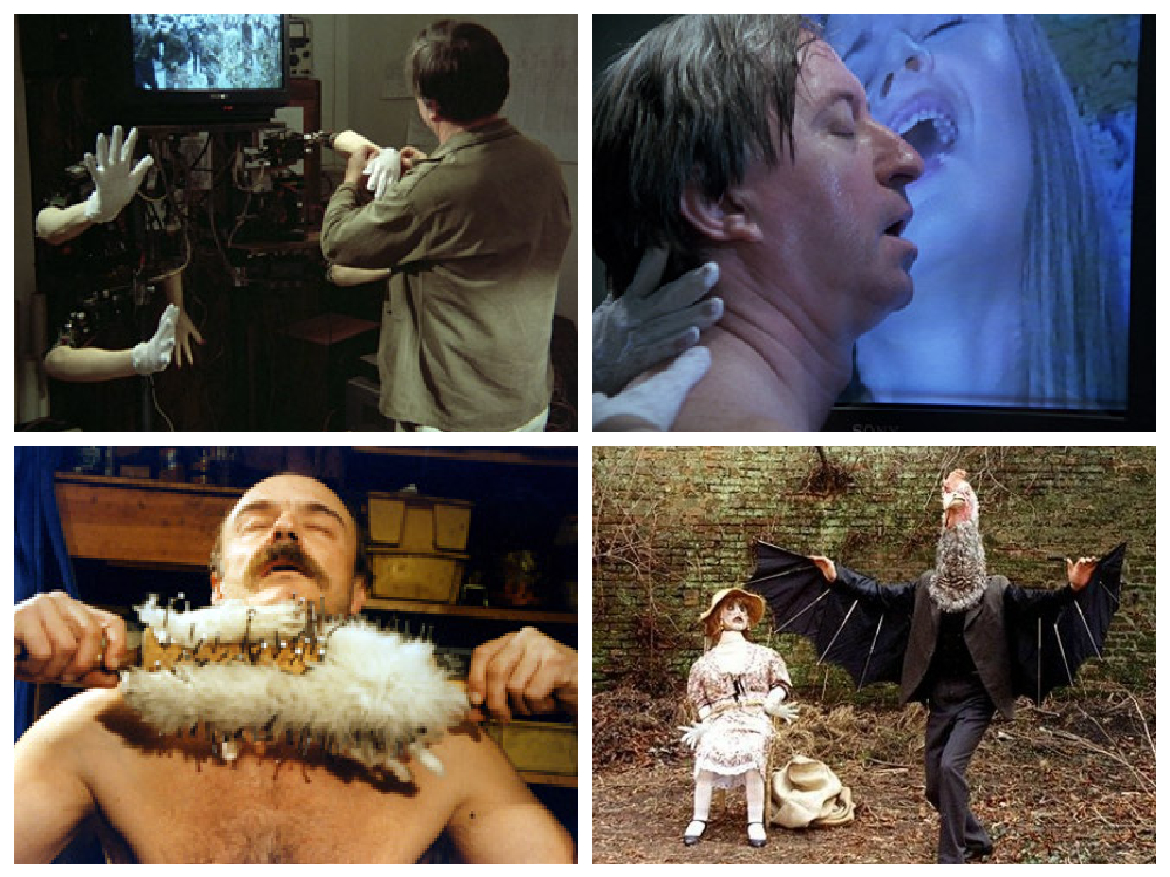
Images from Conspirators of Pleasure
In some of these scenarios, the object of desire is a person represented by the masturbation object, while in some, the contraption and/or tactile materials seem to be the objects of desire, themselves. But in each scenario, the rituals are performed in isolation.
Though best known as an animator/filmmaker, Švankmajer works in a wide array of mediums, including poetry and sculpture, and uses all to grapple with tactilism. From 1972 until 1979, he was banned from directing films by the Communist government of Czechoslovakia, who considered his films subversive. During this span, Švankmajer went into extensive exploration of the sense of touch and tactile art, including writing a book, Hmat a Imaginace (now translated and available in English as Touching and Imagining), “of which he produced five copies in 1983, all with ‘tactile’ covers. Featuring rabbit fur along the spine and a hand shape cut out of sandpaper on the front, these copies circulated as samizdat, that is works which were clandestinely produced and distributed to evade officially imposed censorship.” This book details Švankmajer’s Surrealist experiments with touch and tactile art and “is a kind of alchemist’s philosophical treatise.”
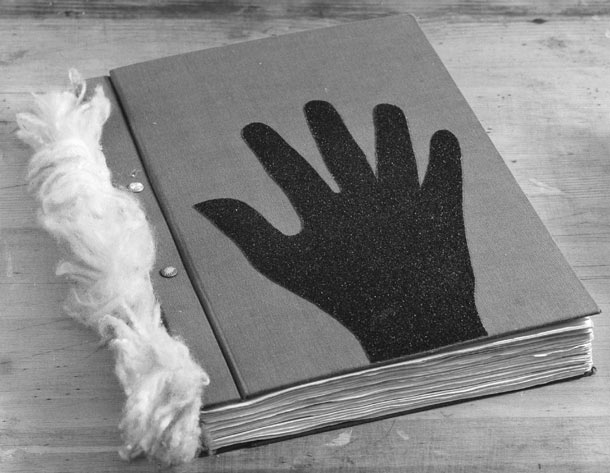
An original copy of Hmat a Imaginace
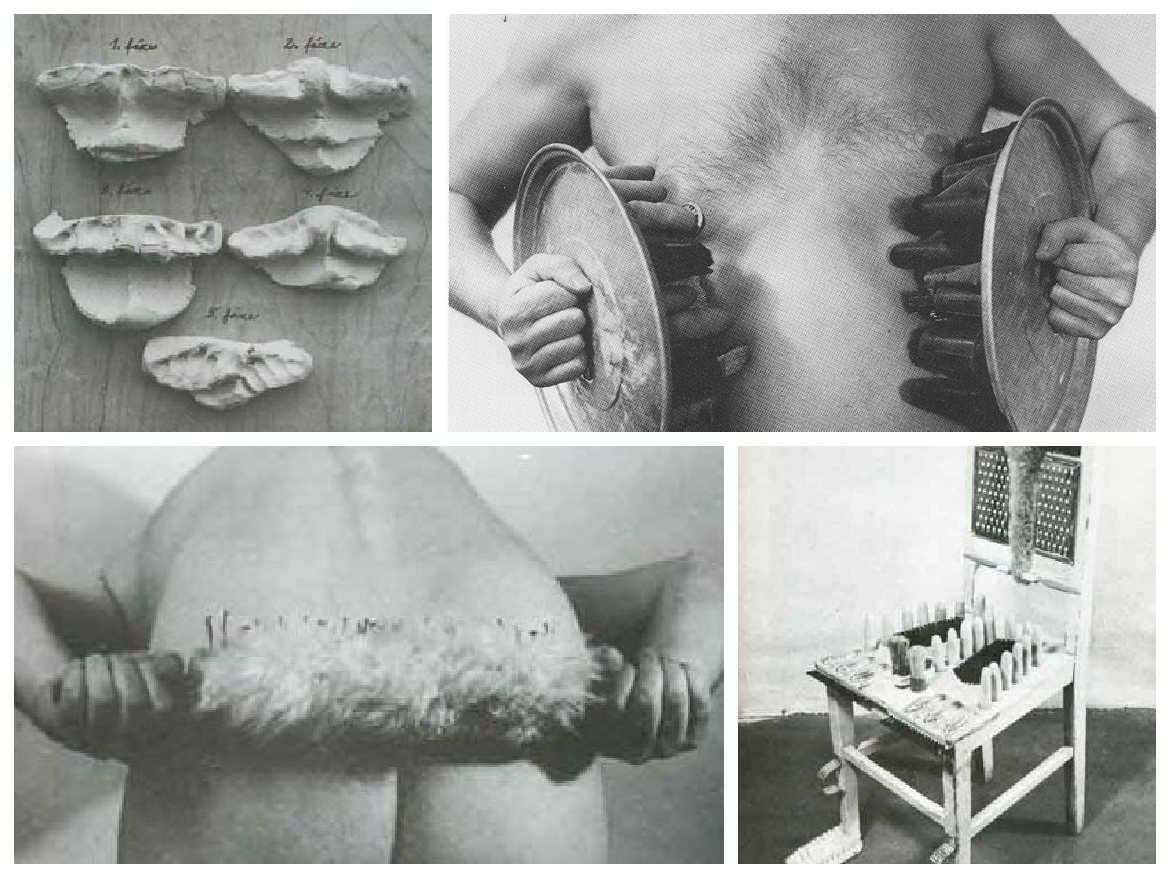
A Švankmajer tactile poem and three tactile sculptures
Upon his return to filmmaking, he brought what he had learned about tactilism into the medium through content, concept, and technique, trying to create synesthetic experiences for viewers. “Film animation is just another alchemical aid to the performance of a magic ritual in which Švankmajer summons the immanent vitality that resides in the inert material... This capacity for metamorphosis extends to moving images… Švankmajer’s work explores the idea that both direct and indirect tactile experience is mediated by the ‘tactile’ imagination.”
The development of a new personal relationship to touch is described in Švankmajer’s poem “The magic ritual of tactile initiation,” featured in Touching and Imagining, which concludes:
Make the cold warm and the soft hard!
Make the loose compact!
Make the course slimy!
Make the hurtful pleasurable!
And vice-versa!
So that the eye will not perceive and give touch timely warning, constantly confuse his utilitarian habits of touch by disorientation, mystification and panic!
Bear in mind that our entire body is a unified erogenous zone!
Do not smooth down the crumpled sheets!
In winter kick off the bedclothes!
On hot summer nights crawl under a heavy quilt!
Do not scorn masturbation!
Do not have your old shoes re-soled!
Do not urinate before going to bed!
“Be repulsed by all objects yet touch them all!
Learn to love insects!
Tire yourself out!
Only when Touch is freed from its utilitarian context, not constantly forced into a self-conscious moment, will it reach the point where it transmutes the barrier of its identifying existence, and without being aware of it, becomes the language of the poet.
Eroticism is frequently a focus of Švankmajer’s work, as he observed that “if there does exist one aspect of human perception where Touch still has a position dominant over all others senses, it is in the field of eroticism.” The realm of pornography extensively explores “indirect tactile experience” and the sensations this depiction evokes in viewers, also striving to inspire corporeal responses.
Countless approaches to solo sex can be found in pornography. Object eroticism is certainly common, from fetish magazines eroticizing attire and materials such as leather and rubber, to the use of sex toys and such things as household items, balloons, and food as tools for self-pleasure.
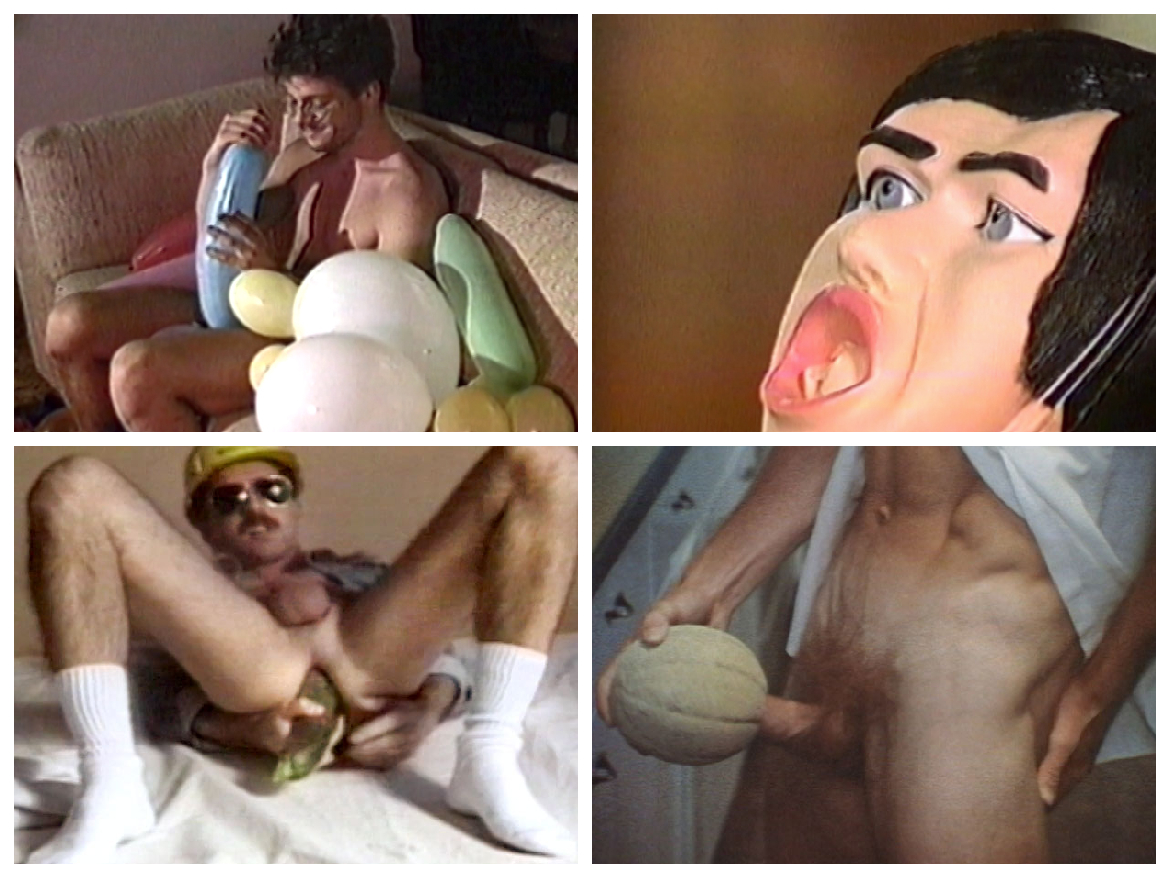
Stills Michael Zen's Mansize (top) and the Bijou Video compilation Food Sex (bottom)
The object in question’s sexual appeal may stem purely from the physical sensations it creates and one’s tactile relationship with it, or from a more symbolic place of connection or memory. And inanimate objects, themselves, can seem to carry inside them their own energetic life. As Švankmajer said, “a strong emotion leaves an indelible imprint on the objects touched.”
Erotic inspiration can be found in the natural world. Director Peter de Rome’s lovely short porn film, Green Thoughts (1971), features a man who becomes stimulated by the plants in a conservatory. Porn star and sex educator Annie Sprinkle has recently been spearheading an “ecosexual” movement, reframing nature as “your lover, not your mother” in an effort “to make the envirnomental movement more fun and diverse.”
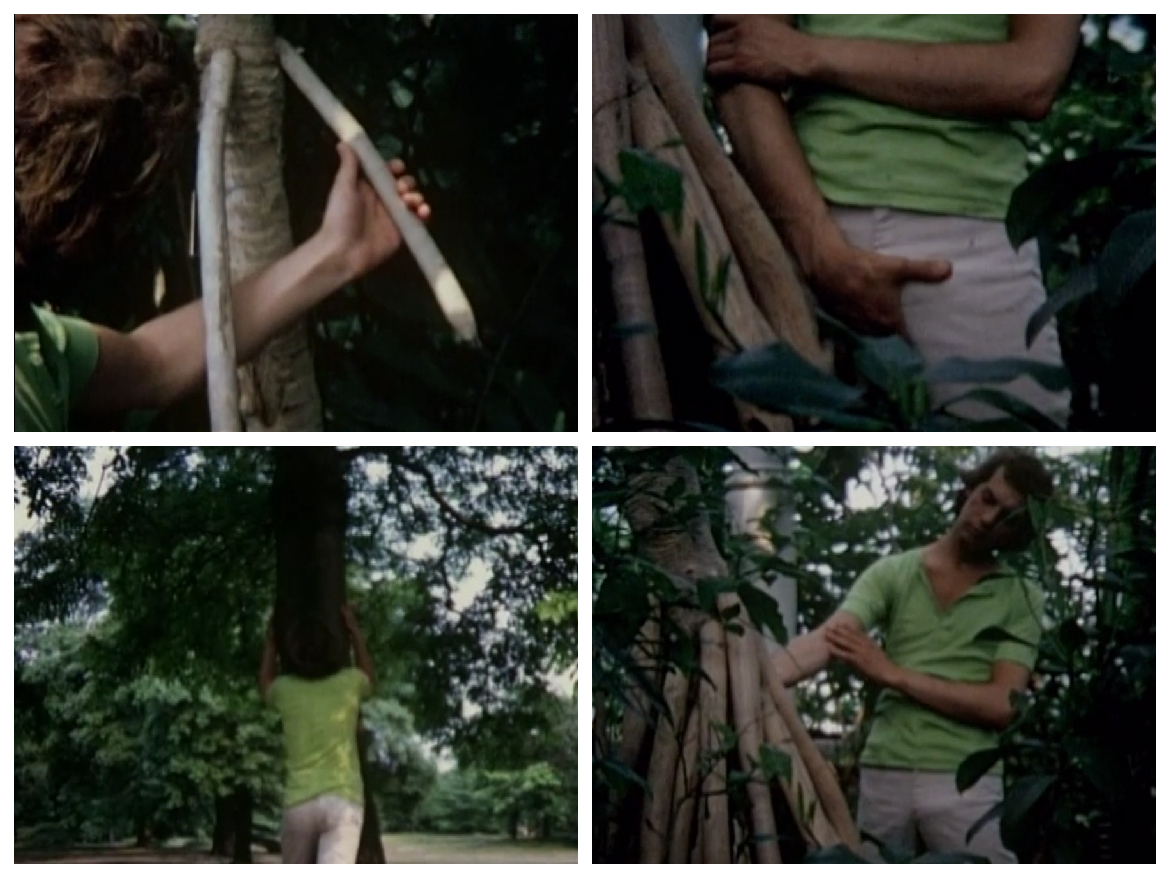
Images from Green Thoughts
Acts of self-pleasure may be performed not just as the result of the absence of a sexual partner, but because one’s own self or body or personal sexual technique are, themselves, the source of excitement. Many Bijou titles feature examples of this: enthusiastic solos, autofellatio practitioners, people jacking off to their own reflections, fantasies of self-fucking (brilliantly staged in Jaguar’s Grease Monkeys and in the short film Double Scorpio featured in Hand in Hand’s Private Collection), and intricate autosadism rituals (as in the Jason Steele segment of Big Bear Men and the sounding demonstration in another Private Collection short, Penetration).
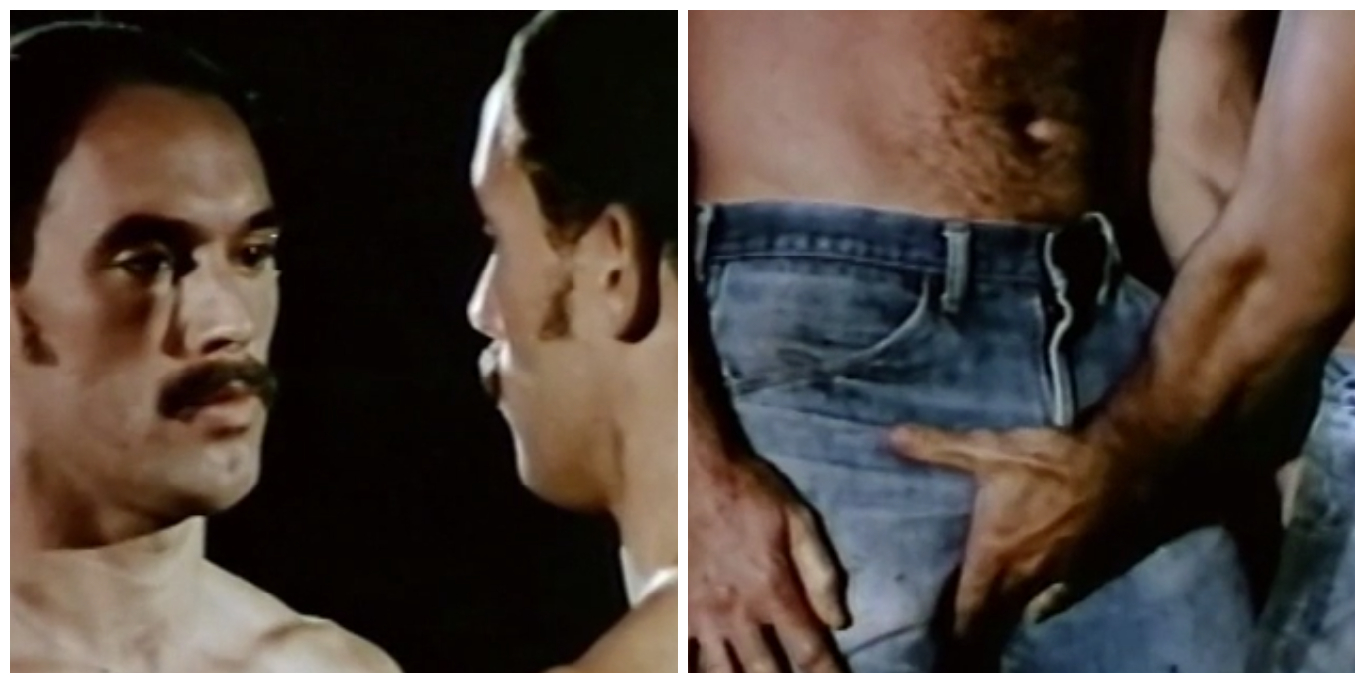
Nick Rodgers seducing & fucking himself in Grease Monkeys (1979)
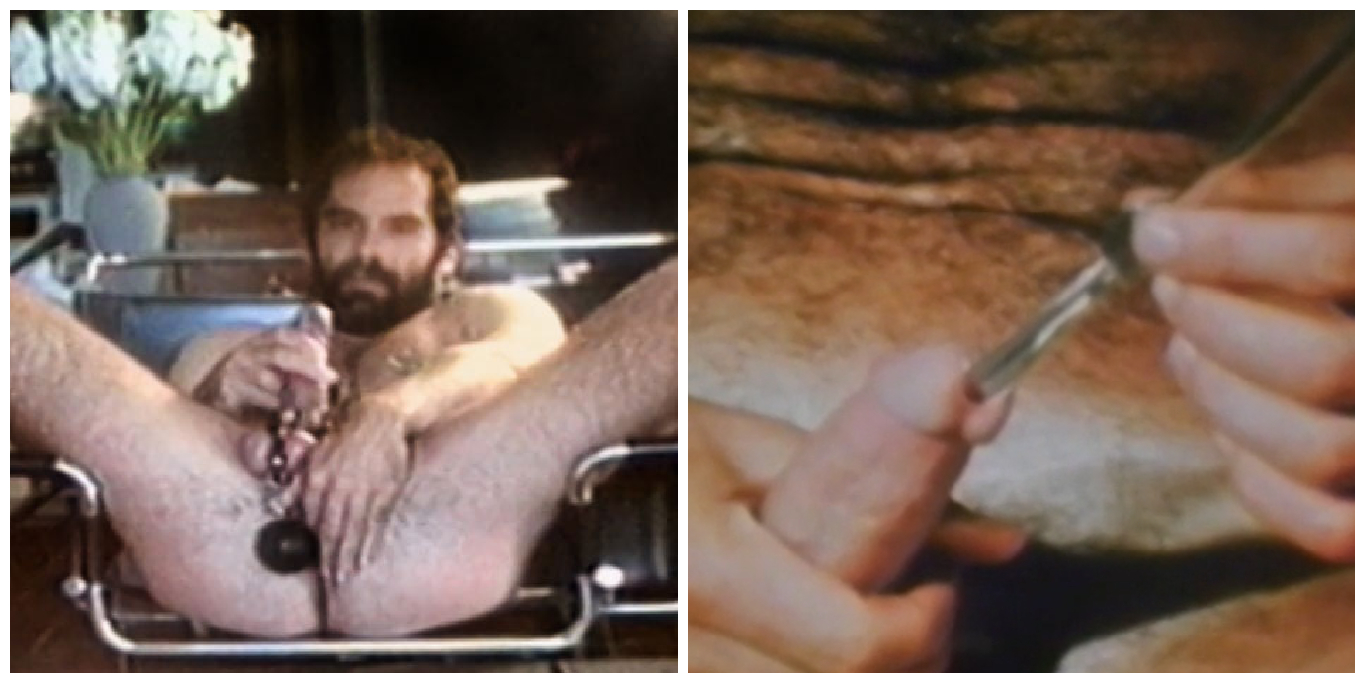
Jason Steele in Big Bear Men (left); the sounding film Penetration (right)
One of the true masters of inventive autoerotic practice in porn is “Sultan of Solo Sex” Scott Taylor. Taylor never performed a full partnered sex act in any of his films (the closest is perhaps in Surge Studio’s Strange Places, Strange Things, in which he and another man wildly enlarge and distort their cocks together with vacuum pumps), but he did many solo jack off sessions, as well as self-sucking and creative bodily play. In the Steve Scott masterpiece, Turned On! (1982), Taylor performs a remarkable display of dance and movement, in which he stuffs his own cock and balls up his ass. Al Parker stated, in a Manshots interview, “Even though Scott only has sex with himself, I think he is one of the most erotic people in this business, because you can’t pay somebody to be as crazy as Scott Taylor is in a movie.”
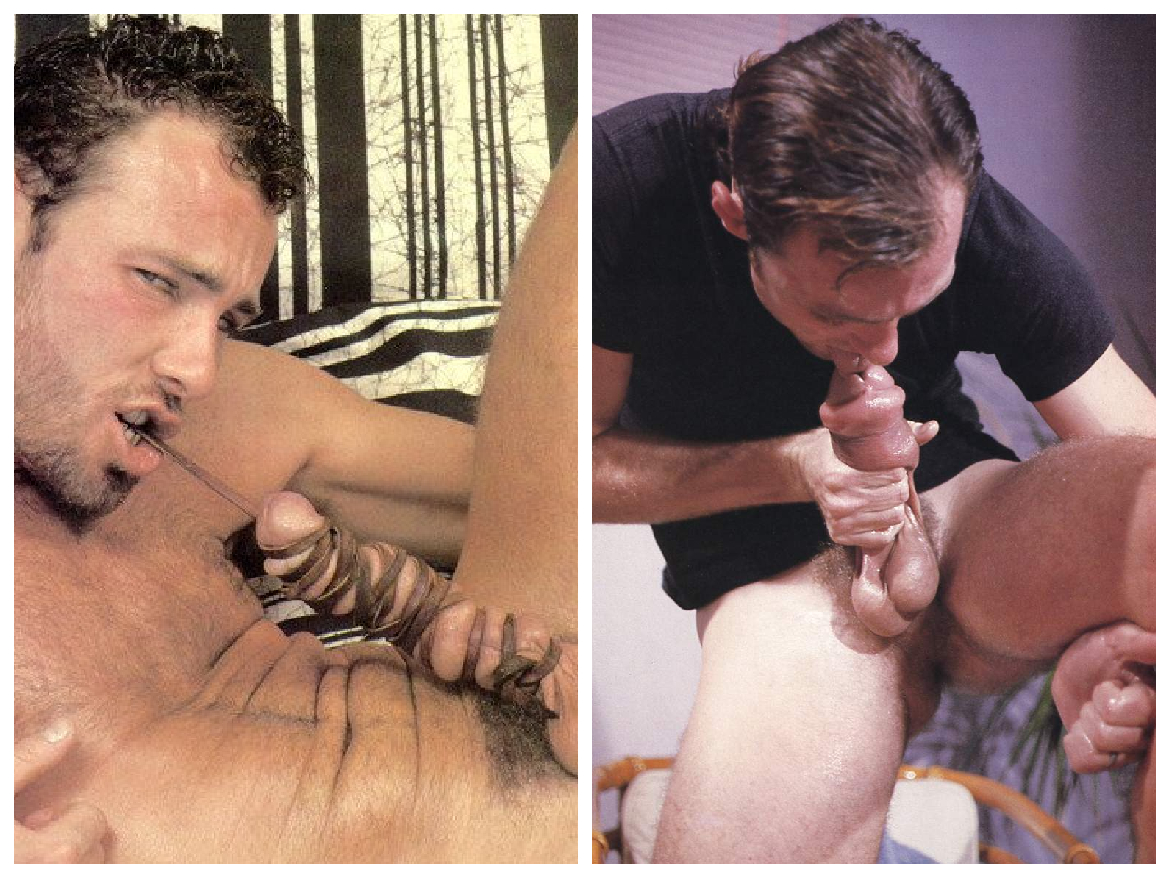
Scott Taylor
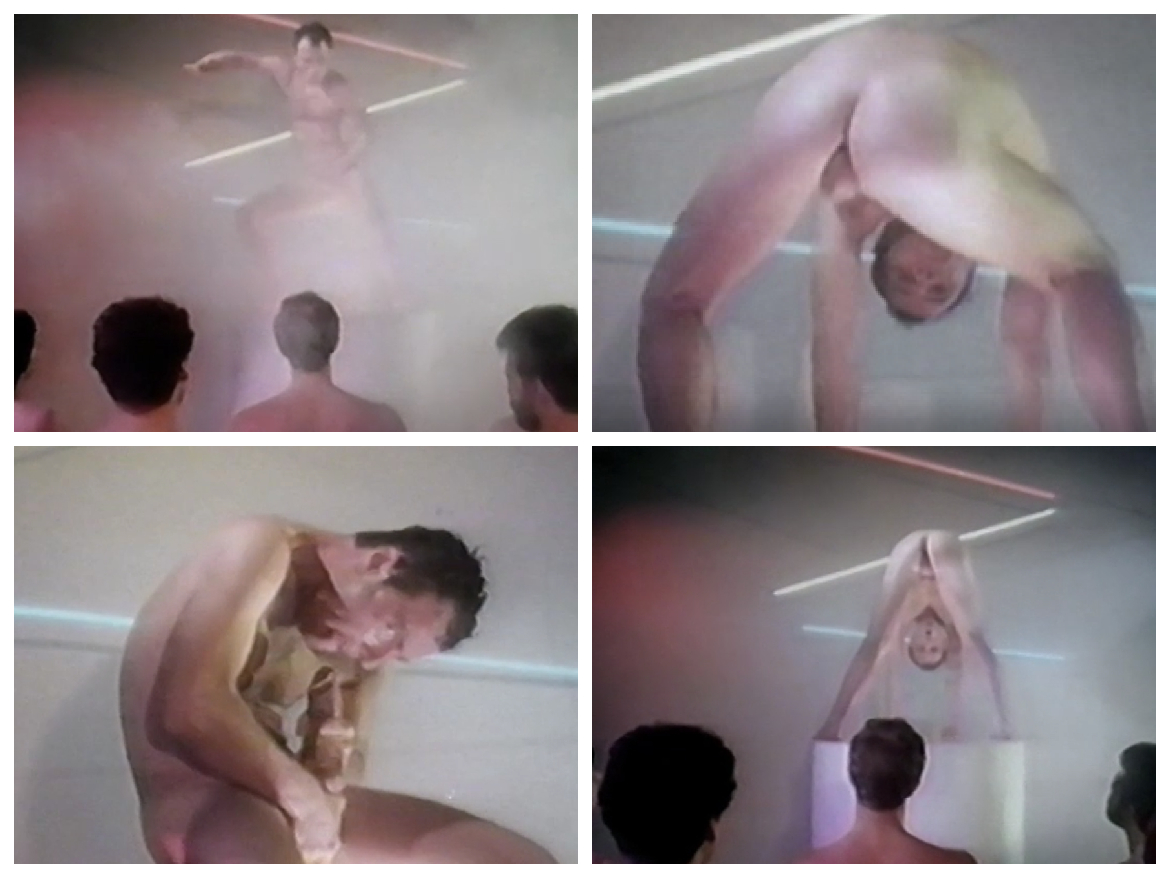
Scott Taylor's performance in Turned On!
Another artist of self-fucking in classic porn is Chris Burns. Having well-earned the title “the Ultimate Bottom,” Burns certainly can take it from others, but just as aptly can dish it out upon himself. In Steve Scott’s Dangerous (1983), he exchanges dirty talk over the phone with Rick Faulkner (who beats off in a phone booth) while he shoves massive dildos up his ass. Jason Bleu’s fascinating S/M video, Black on Red (1987), takes us into the interior life of the submissive, as Burns literally bends over backwards to punish himself at the feet of and worship a mature dominant, who stands over him throughout the tape's runtime, nearly silent and umoving, like a remote God. Burns, here, performs nearly all of the actions upon himself, shoving more enormous toys (as well as enema tubing) up his ass, putting sounding rods in his dickhole, piercing his nipple, and shaving his pubic hair off with a straight razor.
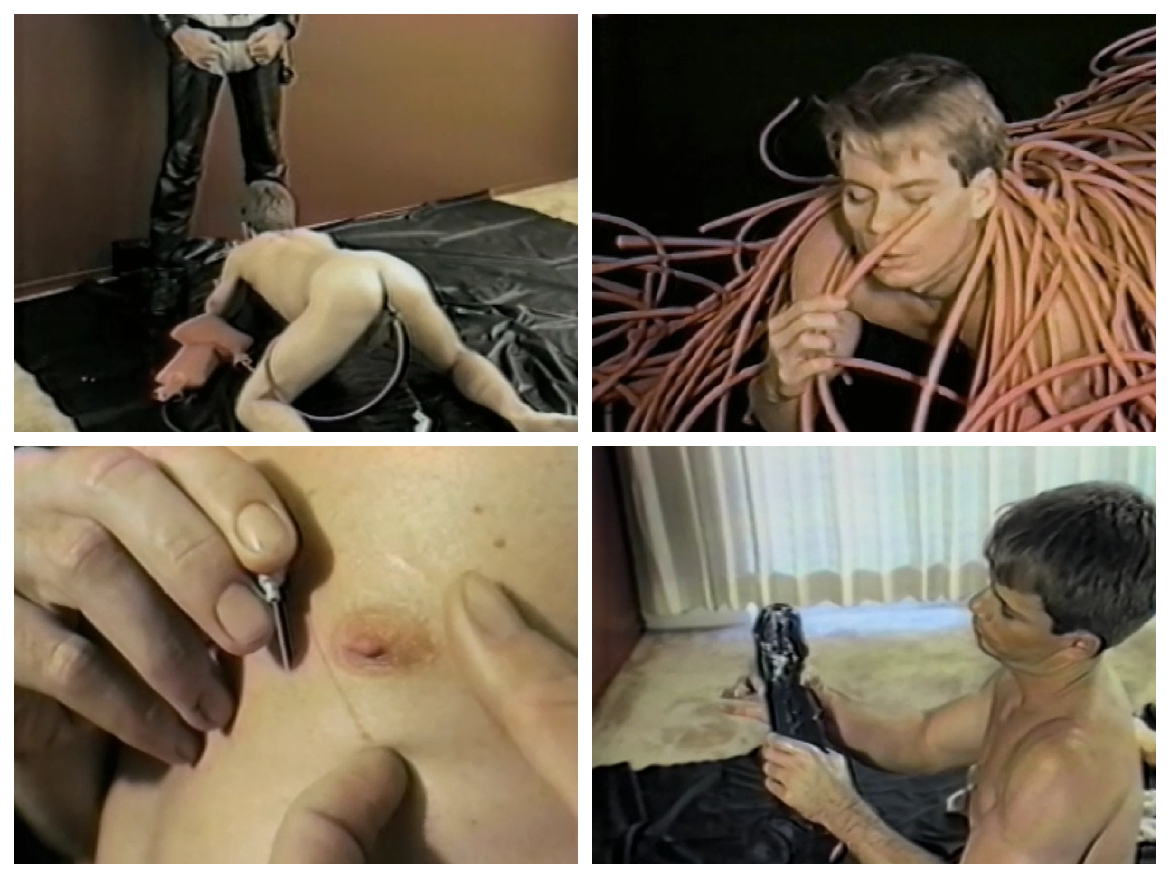
Chris Burns in Black on Red
Not requiring a partner to explore one’s own body and sexual interests can be a liberatory element of sexuality. Illustrations of this can be found in some of the feminist pornography of the ‘80s and ‘90s, which encouraged women to learn about their bodies and personal sexuality - for example, the classic 1992 instructional, How to Female Ejaculate, and the odes to self-pleasure in Annie Sprinkle’s Sluts and Goddesses: How To Be a Sex Goddess in 101 Easy Steps. I’ve personally found developing solo kink practices to be useful and exciting. I taught myself how to do play piercing by practicing on my own body, with the help of online technique/safety tips and instructional video examples. This was a helpful way to learn (without risking fucking up an early attempt on someone else’s body), but maintaining this as a solo practice has also served as a way for me to engage with sadism and masochism on my own, without being reliant upon a partner for outlets.
Some porn makers depicted solo practices as a part of the exploration of various types of safer sexual expression during the AIDS crisis. Artist Michael Goodwin, whose late '80s Goodjac video series focused on handjobs and masturbation, brought creativity, playfulness, and enthusiasm to his documentation of solo sex.
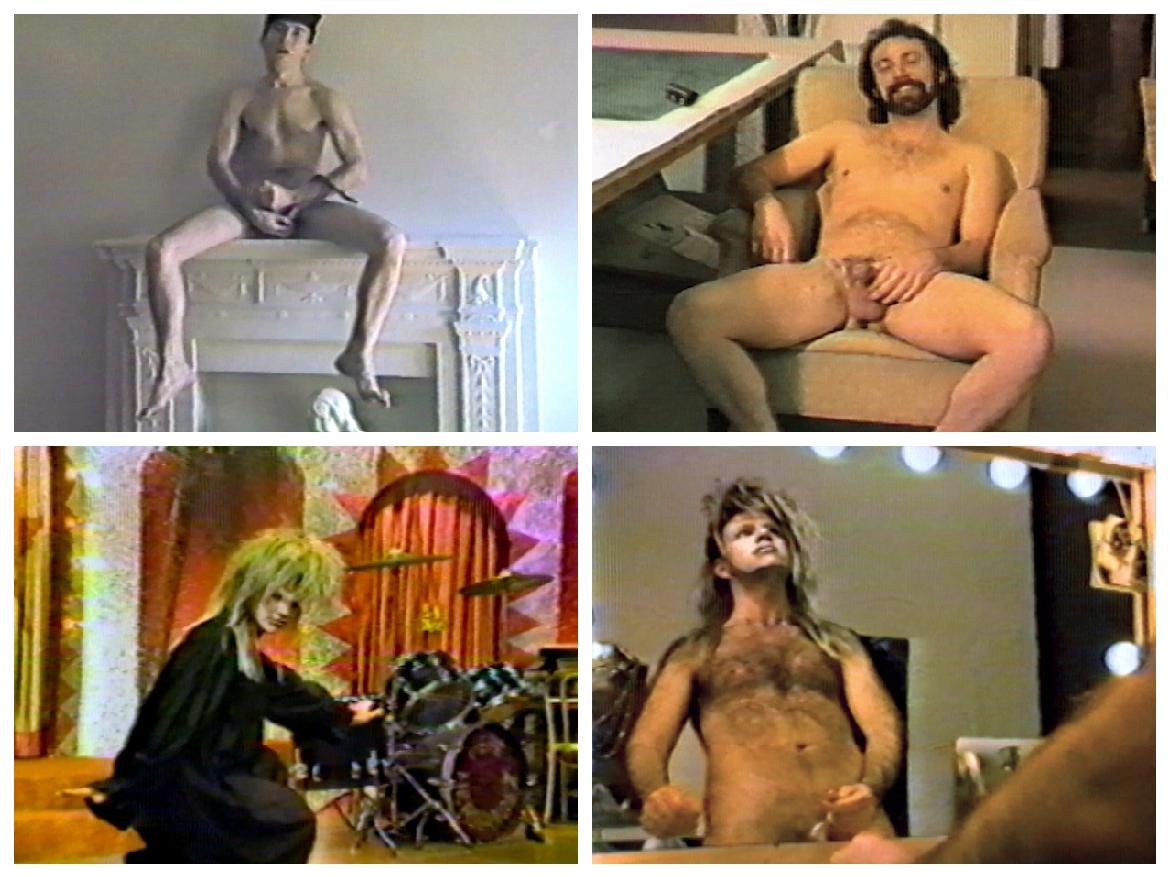
Solos from The Goodjac Chronicles and Goodjac Too
And we can take eroticism outside of the tactile entirely. There’s the far-reaching imaginal realm of fantasy, which can draw eroticism from endless places. There are erotic responses to music and other audio, such as the visceral and abstract sound textures and vocal intimacy explored in ASMR videos, popularized over the past decade, which for many enthusiasts are not erotic, but can be for some. And there’s spiritual yearning, which can often take on an erotic coloration.
One may find eroticism with and without other people; erotic touch with and without other people; eroticism with and without touch. Perhaps we can use this time away from parntered sex to find ways to connect with our own erotic imaginations and to deepen our relationships with our own bodies, whether by nurturing their health (as a part of the project of collective health) or developing our solo sexual practices, whatever the tools and objects of erotic excitement may be.



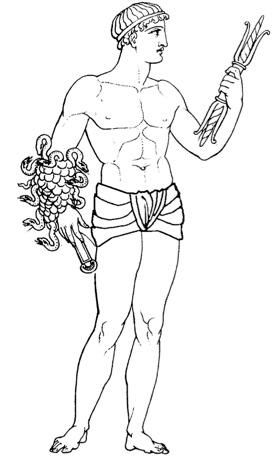
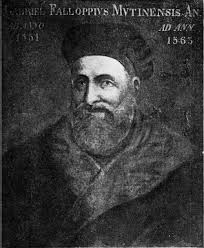
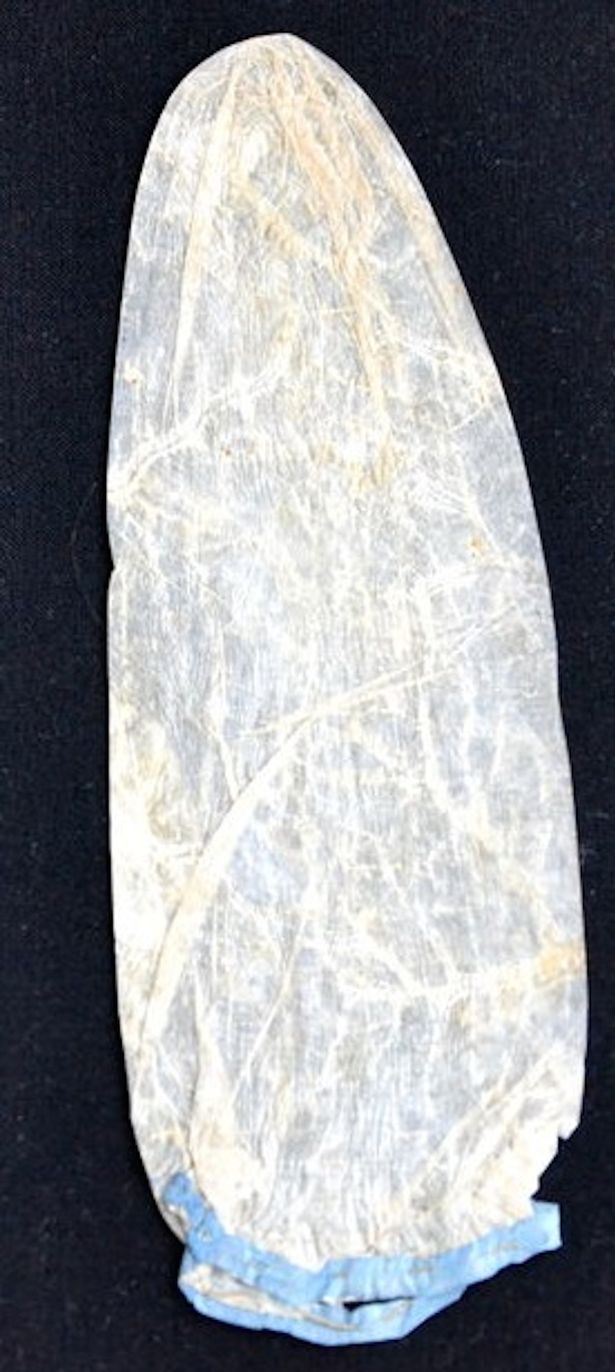
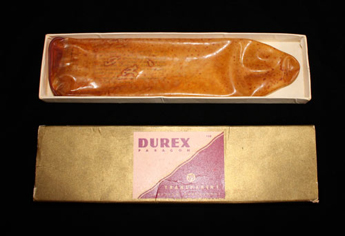
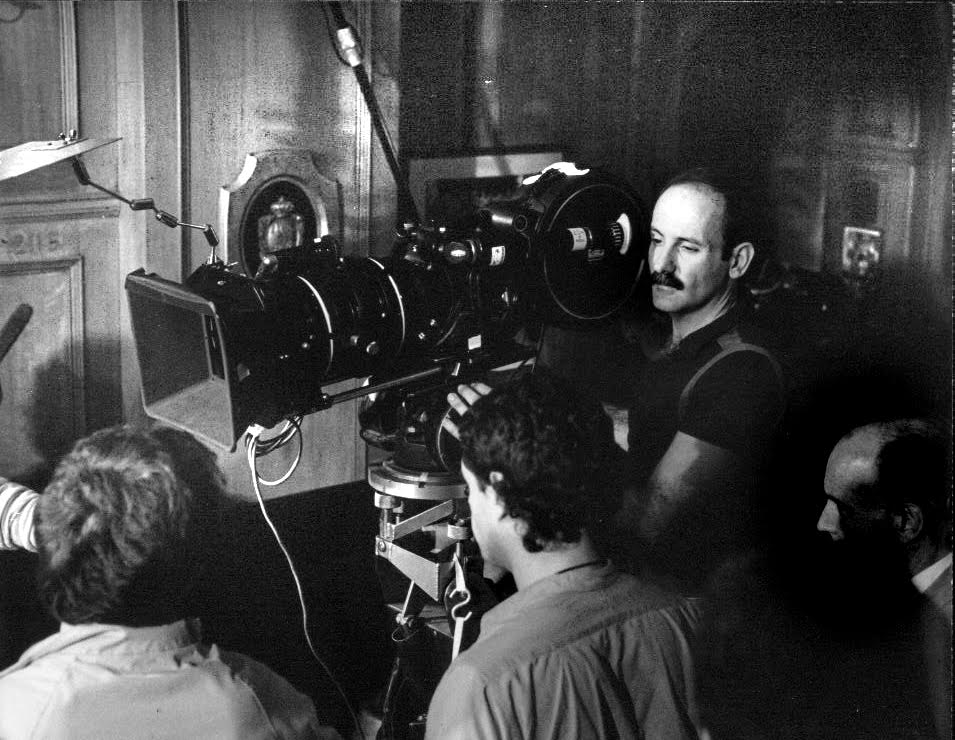
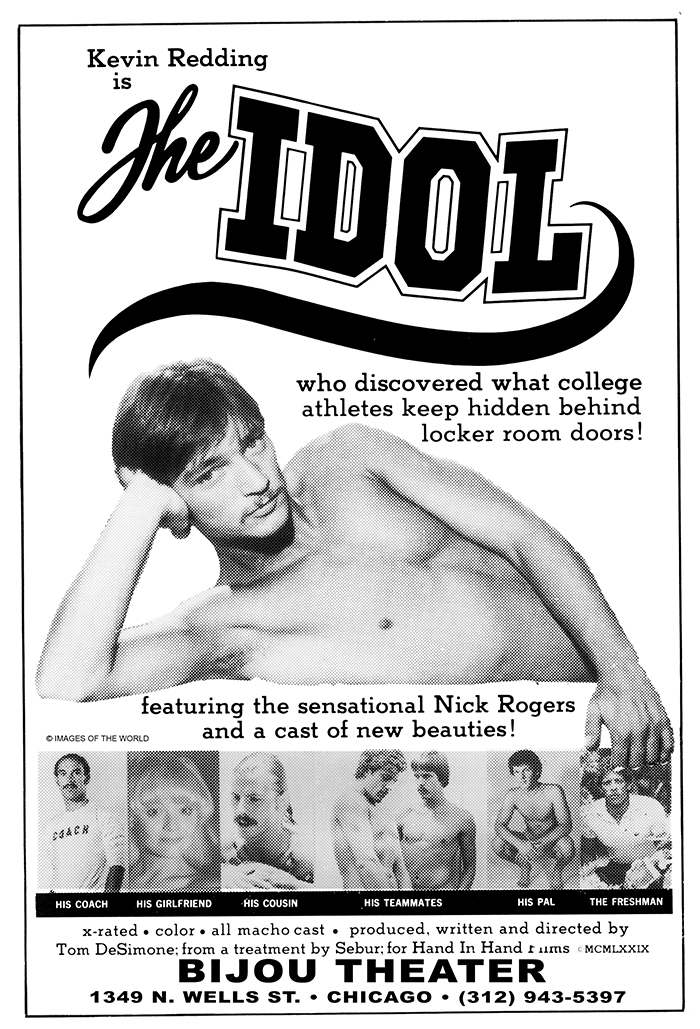
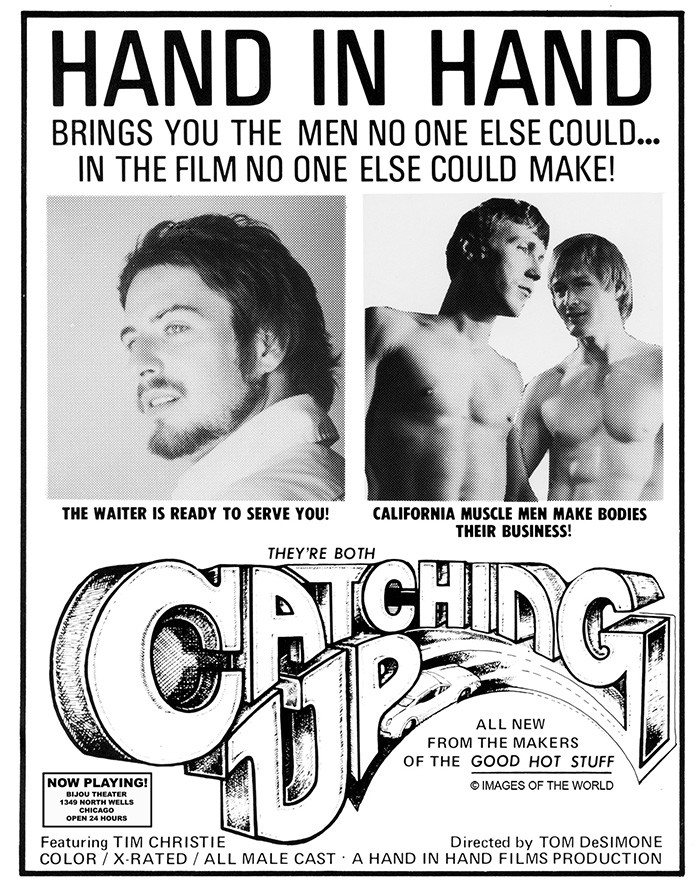
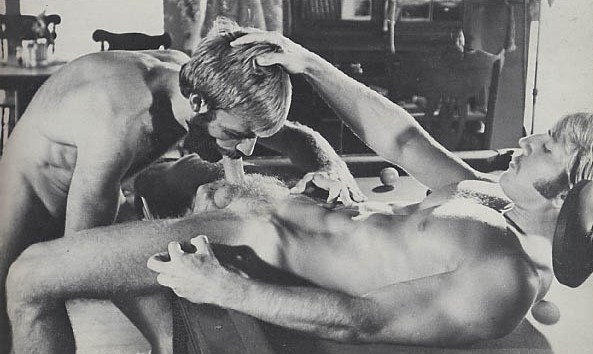

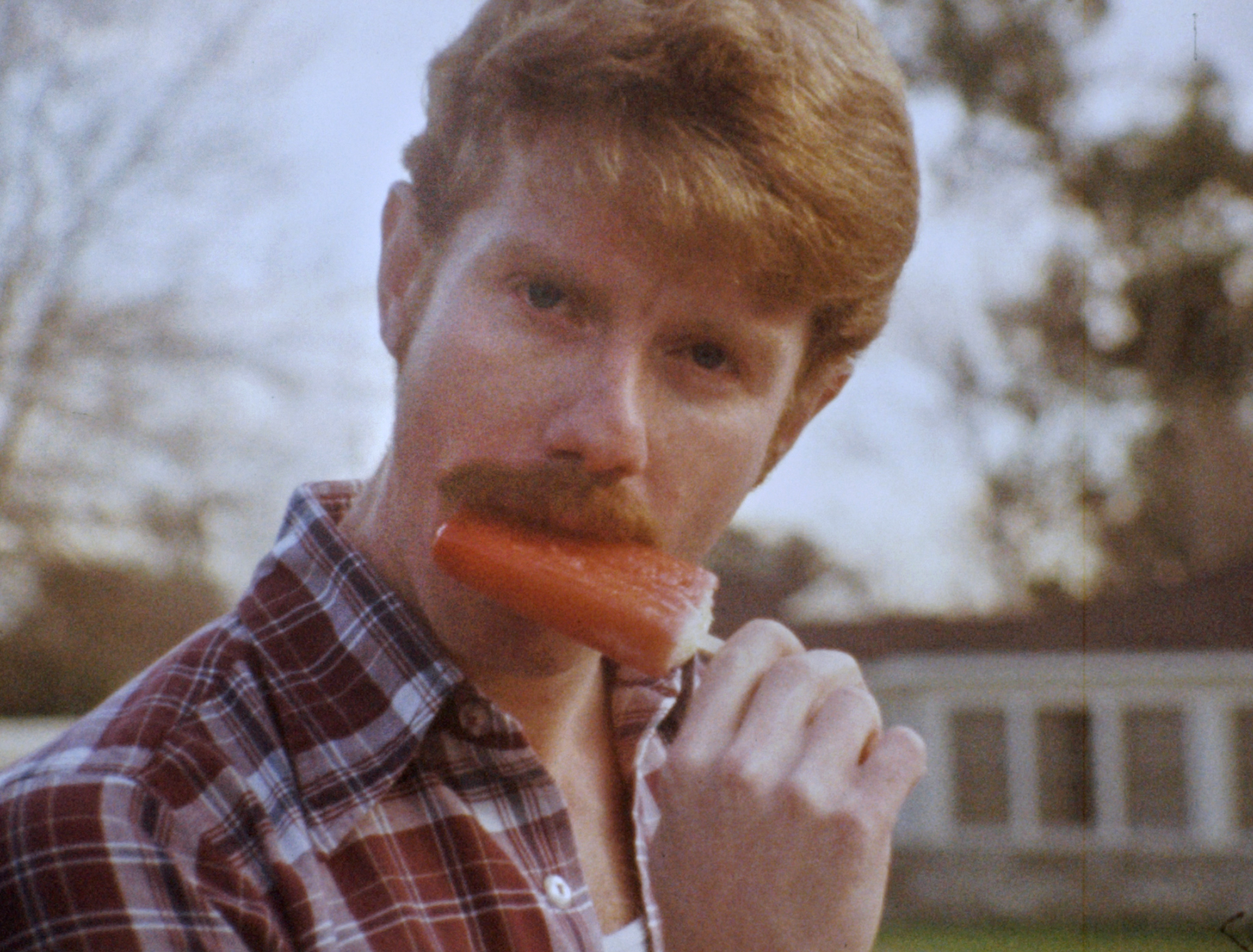
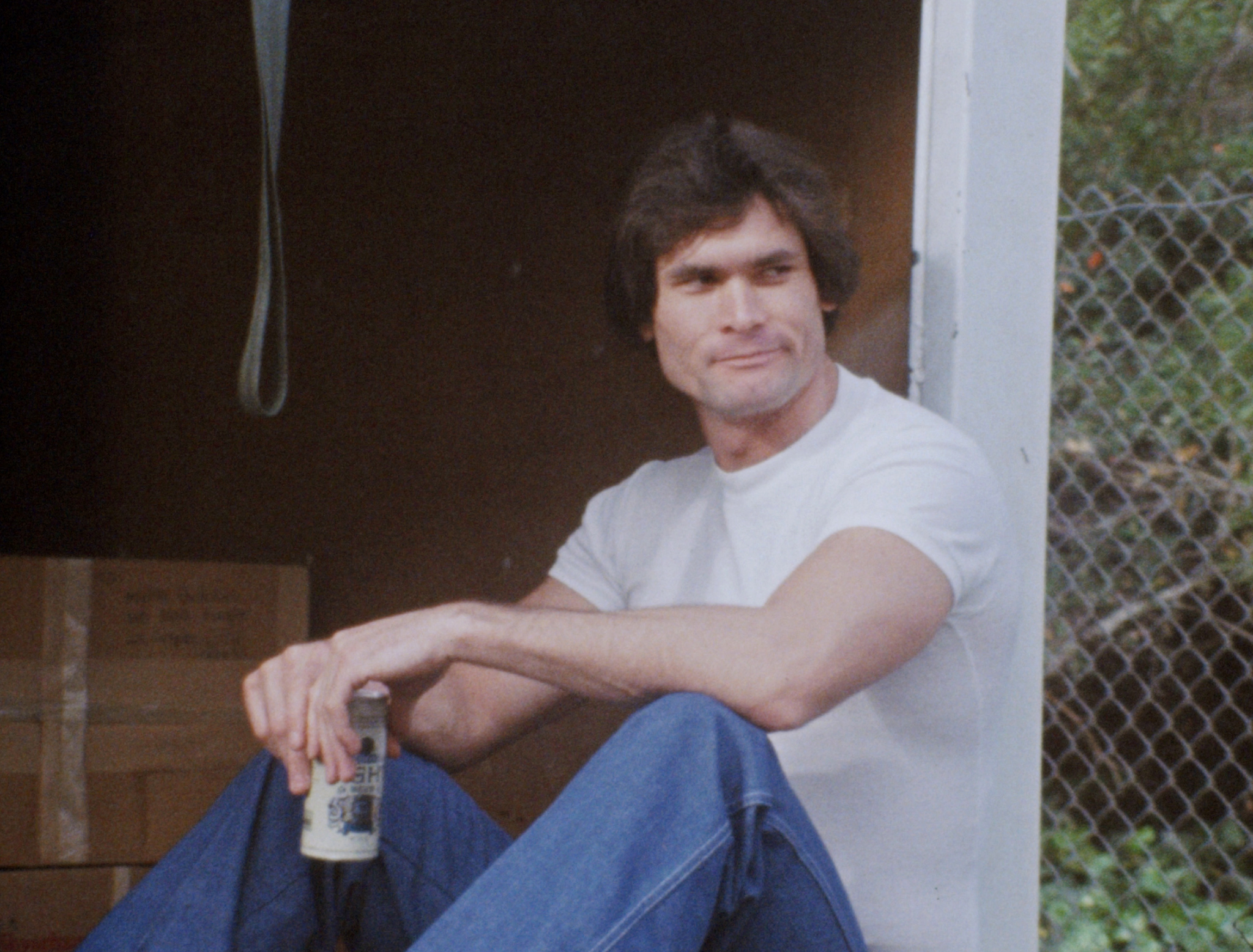
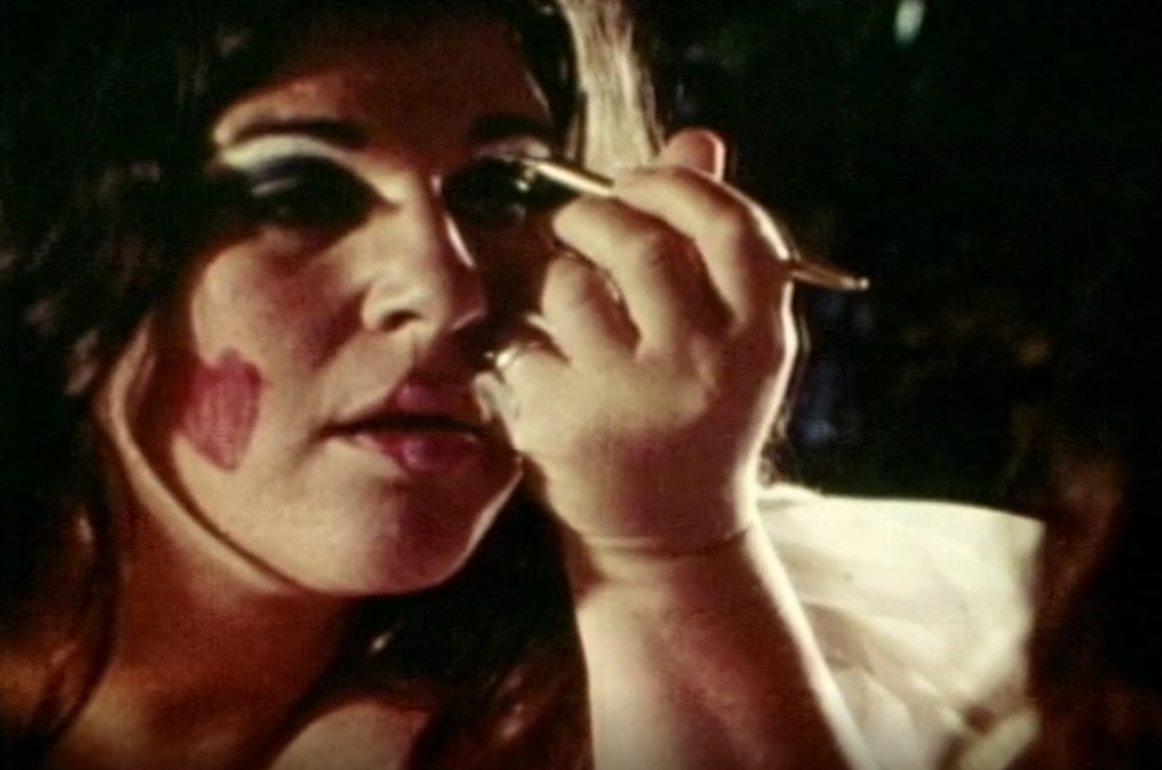
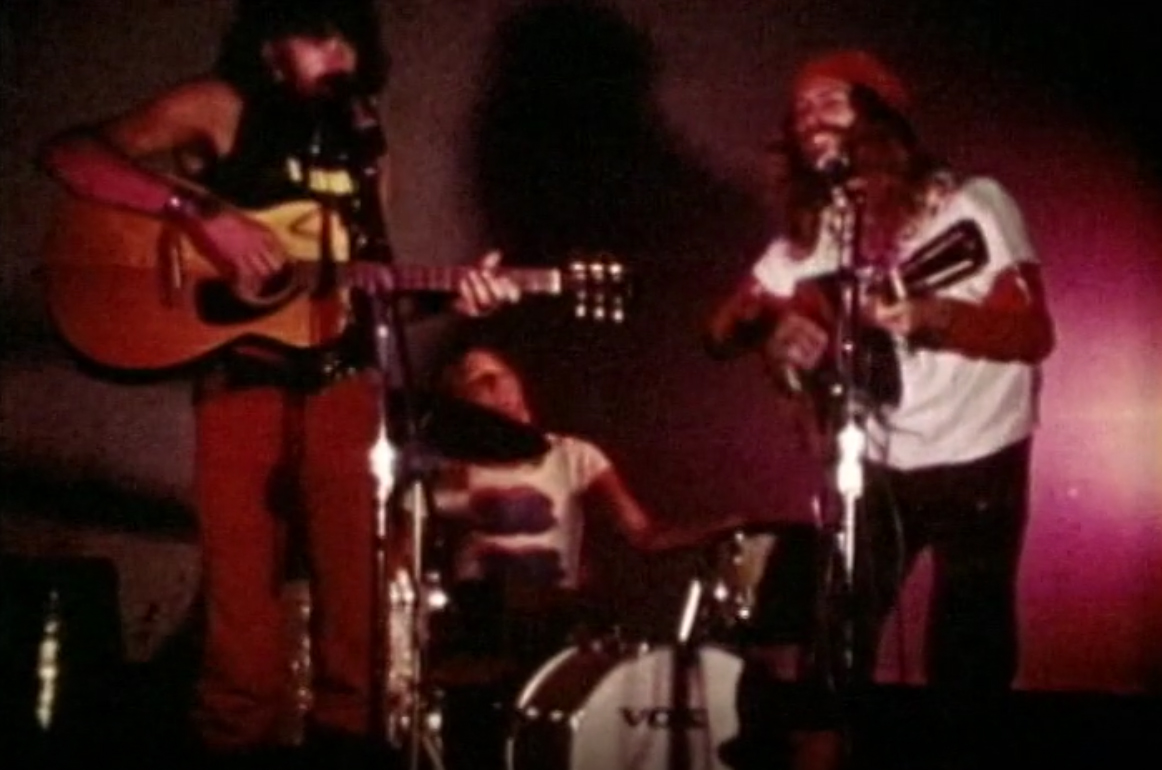
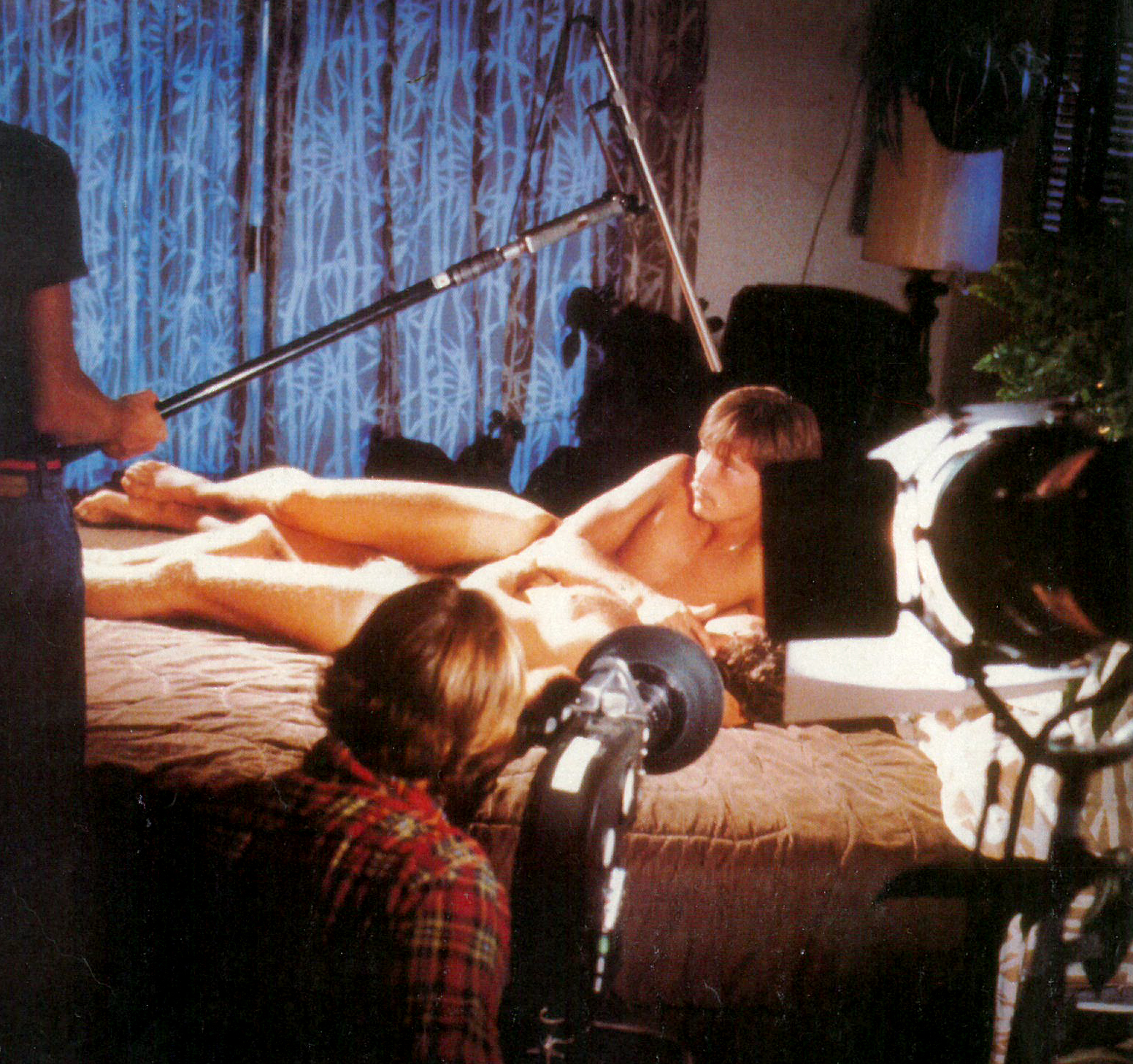
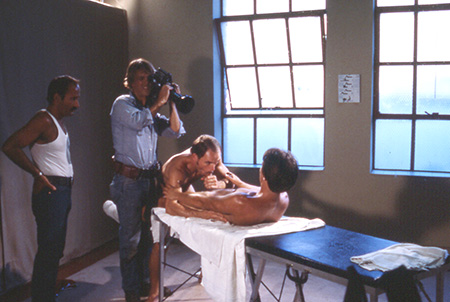

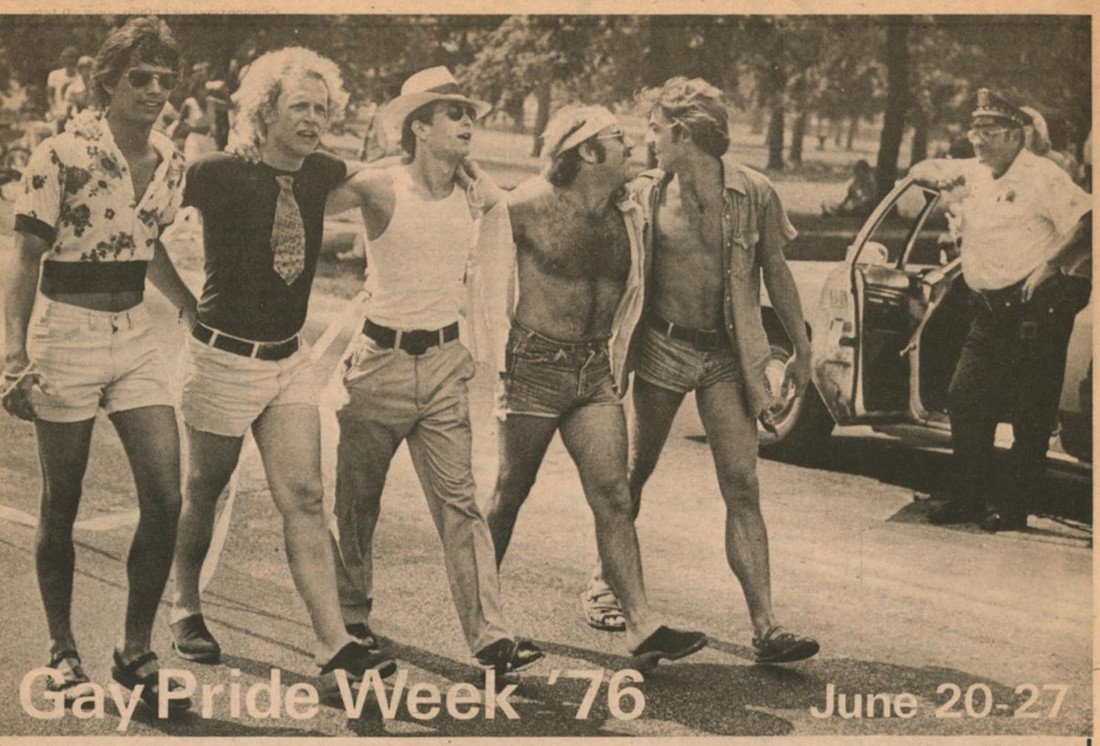
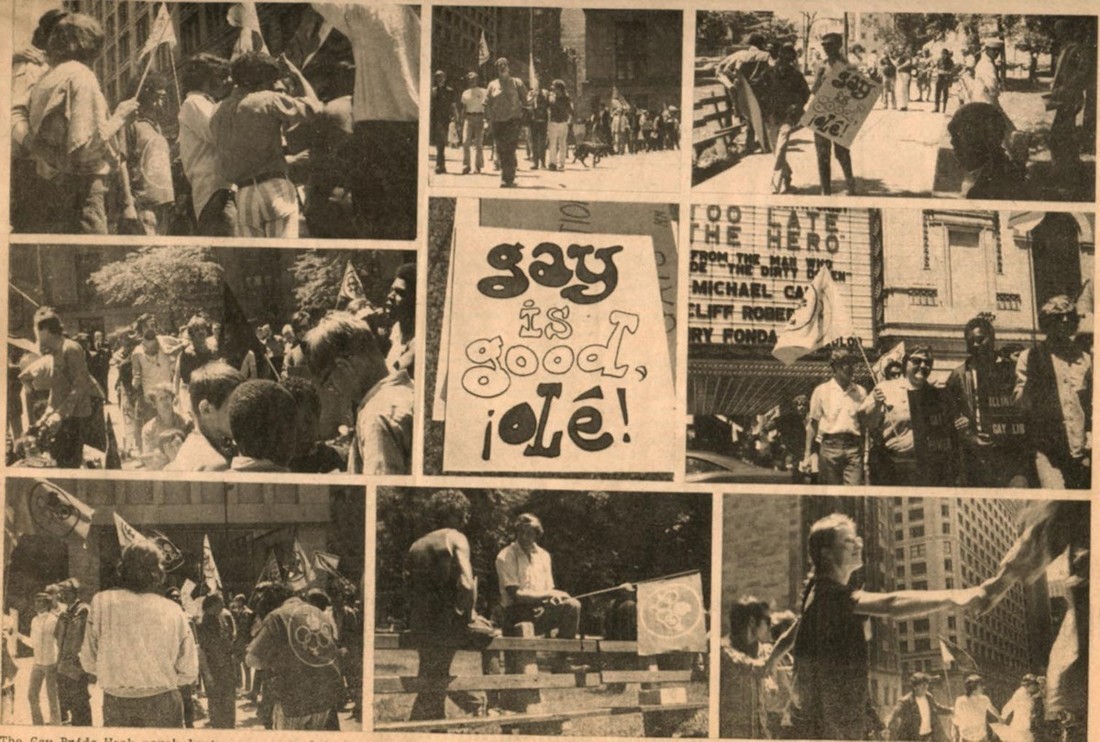
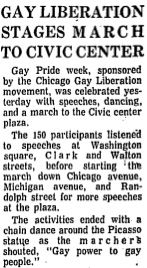
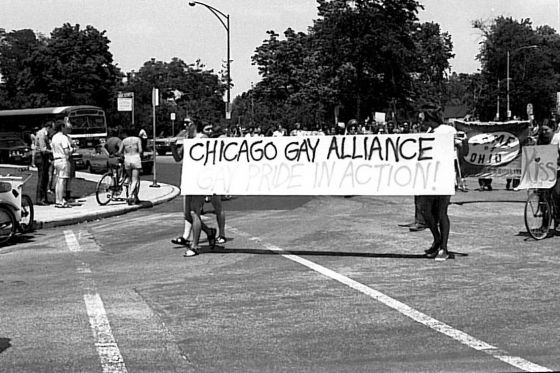
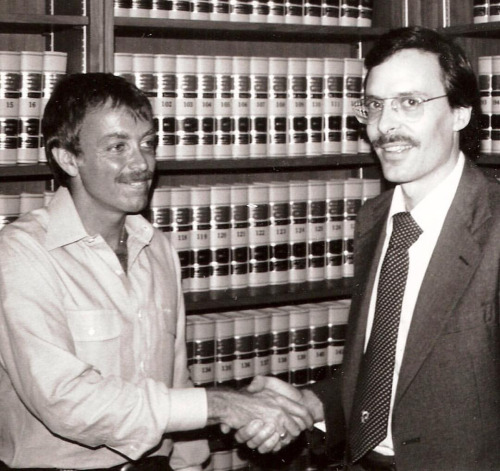
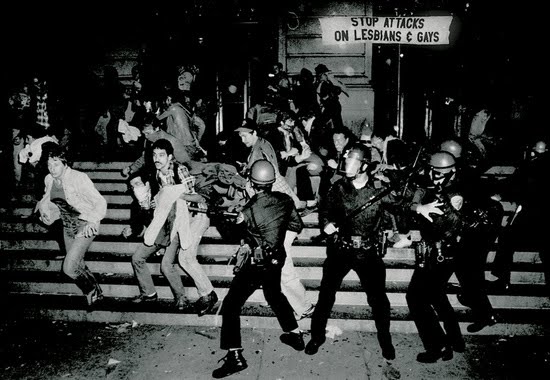
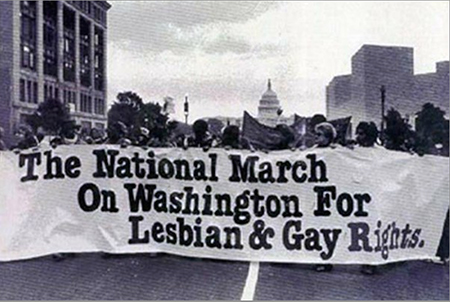
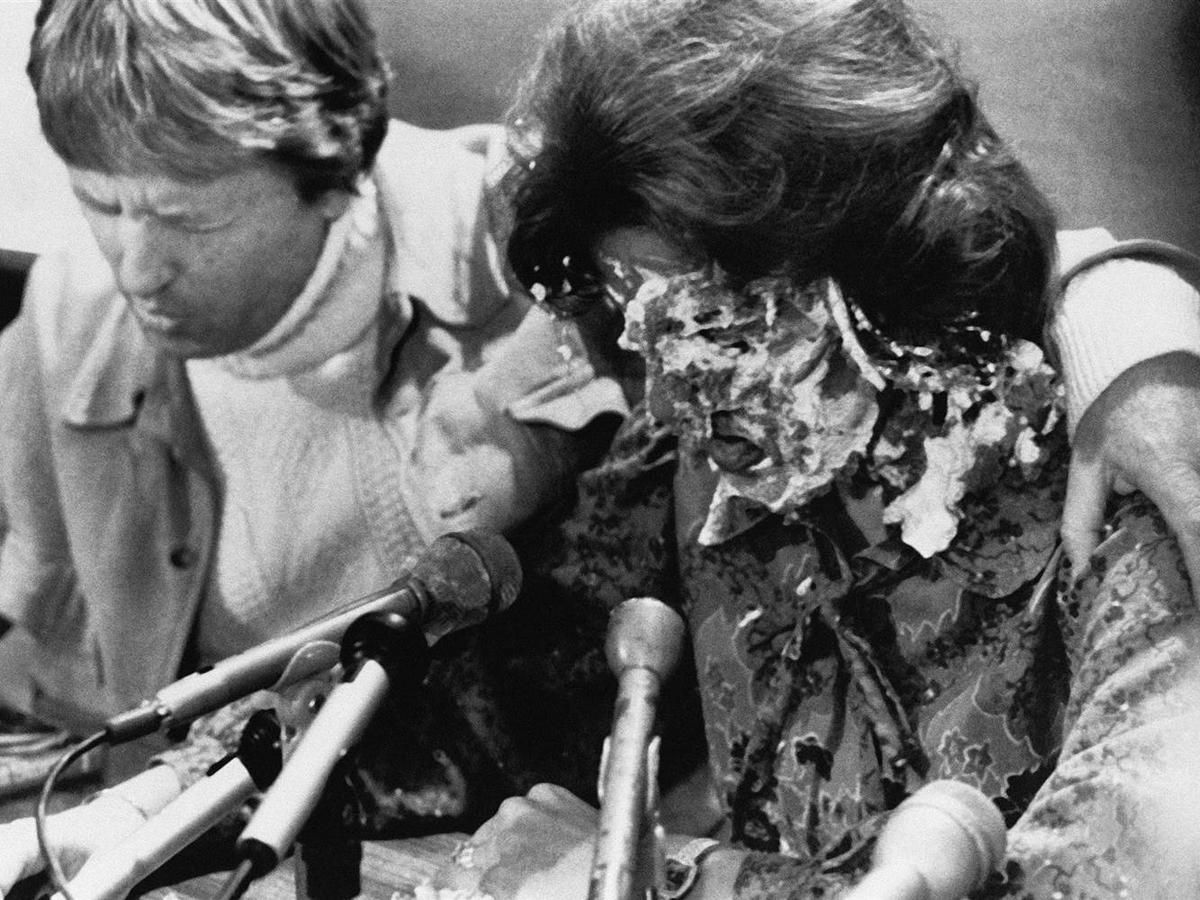
 Join our Email List
Join our Email List Like Us on Facebook
Like Us on Facebook Instagram
Instagram Youtube
Youtube Follow Us on Twitter
Follow Us on Twitter Follow us on Pinterest
Follow us on Pinterest